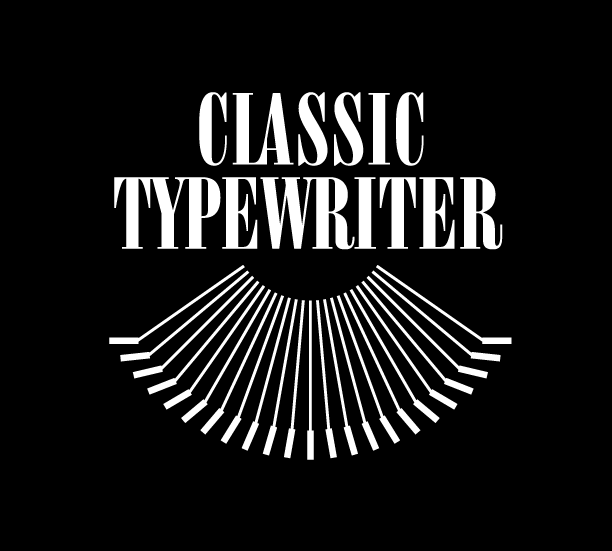Smith Corona Silent Super
Video Tutorial
The Smith-Corona Silent Super typewriter was introduced in the early 1950s and became one of the most popular models of its era. It was part of the “Silent” series of typewriters produced by Smith-Corona, known for their quiet operation and smooth typing experience. The "Silent Super" featured several innovations and refinements that made it a favorite among typists and writers.
These came in gray with green keys, desert sand, blue, seafoam green, pink, and green.
Key features included:
Quiet typing mechanism: The typewriter's key action was quieter than many of its predecessors, due to a special soundproofing system.
Integrated tabulator system: The Silent Super came with a built-in tab setting and clearing mechanism, which made formatting documents easier.
Page Gage: An innovation that allowed users to see how much of the page they had used and how much remained.
Portable design: It was relatively compact and lightweight, designed for use on the go. It came with a hard-shell carrying case.
Changeable typeface: Some models allowed users to switch typefaces, a rare feature at the time.
Smooth typing action: The machine was praised for its ease of use, with a light touch and swift key return.
The Silent Super was popular with students, journalists, and professionals who appreciated its reliability and portability. Smith-Corona continued producing various iterations of this model into the 1960s. Today, the Silent Super is considered a classic collectible for typewriter enthusiasts due to its design, functionality, and historical significance.
***
Here is the manual for your machine, in case you wish to peruse in the meantime.
Take it slowly and gently at first, and try not to force anything. Everything was tested when I sent it out, so it should be working when it arrives. I pack as carefully as possible, based on years of experience.
If something is not working as specified, we can find a solution.
That being said, each machine has its little quirks, and that is just part of writing on a functional antique. No two are exactly alike, and I say this after going through hundreds. Learning to dance with a particular machine is a process, and a worthy one!
And some people write about skipping letters or the carriage not advancing, etc. Sometimes that has to do with the. mechanism. Usually it has to do with technique. It takes some practice to type reliably and consistently on a typewriter. Some fingers are weaker than others at first, or they linger longer, causing skipping. Use a quick, firm keystroke.
The weakness in some of these machines is the case. The top is designed to come off so you can write in your lap with the machine still attached to the bottom of the case... or you can remove it from the case entirely. However, this hinge is often weakened over time and the top tends to fall off. Be careful not to entrust your vintage writing machine to an 80 year old plywood case. Carry it with care.
The same goes for the plastic shell 'Holiday' Case'. The hinges are still a weak link, though on the whole that is much improved.
While the cover is open that reveals the ribbon spools, be careful not to move the carriage too far or it can ding the top left corner. Also, if the cover is not fully closed, the carriage return lever can scratch the top. All too common!
There is a ribbon reversal switch to the left of the keyboard, which usually works on these models. The ribbon will also auto reverse when one side runs out.
Some of the colored finishes will show grime over time, so make sure to handle minimally and with clean hands!
I sell ribbons here. The Silent Super takes the universal size. It can take black or red and black.
Here is the handmade paper that your note came on.
Write on,
Steven Budden Jr.
The Classic Typewriter Company.

